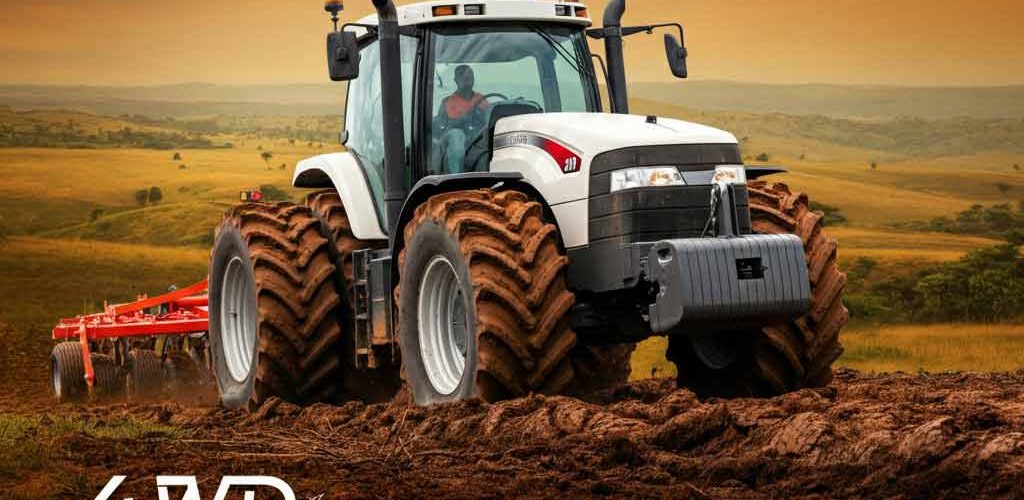
- November 6, 2025
- By: Massey Ferguson Zimbabwe
- in: Agricultural Machinery, Farm Equipment

Choosing the right tractor is a crucial decision for any farmer in Zimbabwe. The right machine can significantly boost productivity and efficiency, while the wrong one can lead to unnecessary costs and operational headaches. A fundamental choice you will face is between a 2-wheel drive (2WD) and a 4-wheel drive (4WD) tractor. Each system has unique benefits tailored to the diverse terrain and farming demands across the country.
At Massey Ferguson Zimbabwe, we understand the specific challenges local farmers face. Let’s break down the differences to help you decide which option best suits your needs.
Two-wheel drive tractors, which deliver power solely to the rear wheels, have long been a staple of Zimbabwean agriculture. Their enduring popularity comes from a simple, reliable design that offers several distinct advantages.
However, 2WD tractors can struggle when conditions are not ideal. On the wet, clay soils common during Zimbabwe’s rainy season or on the hilly terrain of the Eastern Highlands, they can lose traction and pulling power.
A four-wheel drive tractor sends power to all four wheels, providing a substantial increase in performance, especially when the going gets tough.
The main trade-offs are a higher initial purchase price and potentially higher fuel consumption when the 4WD system is engaged for heavy-duty tasks.
The best choice depends entirely on your specific farming operation in Zimbabwe.
Consider a 2WD tractor if your farm is mostly flat, your primary tasks are light (e.g., planting, light transport), and budget is a key consideration.
Invest in a 4WD tractor if you farm on hilly or rolling terrain, frequently work in wet and muddy conditions, or need to use heavy, power-intensive implements. The added investment often pays for itself through increased uptime and greater productivity.
Massey Ferguson Zimbabwe is committed to powering Zimbabwean agriculture. We offer a robust range of both 2WD and 4WD tractors designed to meet the demands of our local environment. Contact our team today to find the perfect tractor for your farm.

Post a Comment